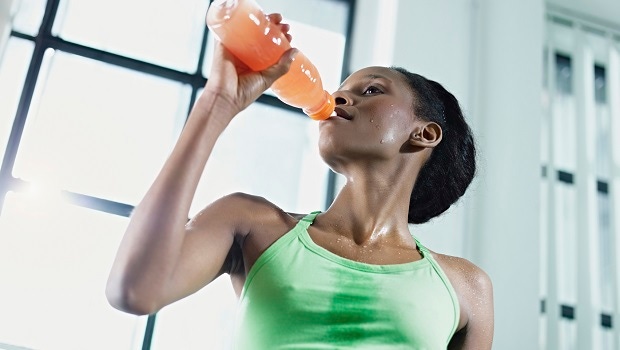Dextrin Formulation Increases Endurance in Sports Drinks, Study Shows
A study published in the journal Food Science and Technology Research shows that oral intake of a formulation of highly branched cyclic dextrin (HBCD) increases endurance and benefits performance in athletic trials.
June 30, 2015

A study published in the journal Food Science and Technology Research shows that oral intake of a formulation of highly branched cyclic dextrin (HBCD) increases endurance and benefits performance in athletic trials (Food Science and Technology Research. 2015;21(3):499-502).
The study was conducted with seven adult male swimmers who were administered either glucose, water as a control, or HBCD (as Cluster Dextrin® from Glico Nutrition), a type of maltodextrin with a high molecular weight and narrow molecular weight distribution, during three test trials. Each controlled, randomized trial was spaced a week apart.
During each test trial, the swimmers carried out 10 intermittent swimming trials, beginning with five minutes of swimming at 75 percent VO2max, followed by a three-minute rest, and subsequently an all-out effort at 90 percent VO2max to the point of exhaustion. Trials were conducted in a countercurrent water machine, and so exhaustion was indicated by the swimmer’s forward movement being reversed one full meter by the current.
Results showed swimmers who’d been administered HBCD were able to perform at optimum output for 70 percent longer than those administered conventional glucose or water. In addition, the HBCD group exhibited higher plasma glucose when blood was tested at multiple intervals prior to swimming, suggesting that HBCD helps to sustain energy-yielding glucose levels more consistently and effectively than typical endurance supplementation using carbohydrate delivered by maltose, sucrose or glucose.
HBCD is the functional component of Cluster Dextrin. Its unique properties include its orderly molecular structure, which differs from the random structure of other carbohydrate sources, and is key to its ability to raise endurance and mediate balanced energy conversion over time, and proportionate to the demands of vigorous exercise.
Further, the osmotic pressure of Cluster Dextrin solution is nearly nil, which moves it swiftly to the small intestine. The fast gastric emptying time allows it to take effect faster, and has the additional benefit of reducing gastrointestinal disorders such as nausea and flatulence.
Low osmolality and consequent swift gastric emptying time has an impact on water absorption in the small intestine, and hydration during athletic activity; rapid movement of the solution to the small intestine helps to maintain blood glucose levels, which have been shown to be especially important during the final stages of an exercise routine.
In addition, when exercise activity reaches 75 percent VO2max gastric emptying is significantly reduced, allowing a large volume of conventional glucose solutions to remain in the stomach, where it not only offers no energy conversion benefit, but suppresses water absorption from the small intestine.
For a look at recent research on other ingredients that support recovery after exercise, download INSIDER’s free Digital Issue, “Sports Nutrition: Natural Recovery."
About the Author(s)
You May Also Like






.png?width=800&auto=webp&quality=80&disable=upscale)